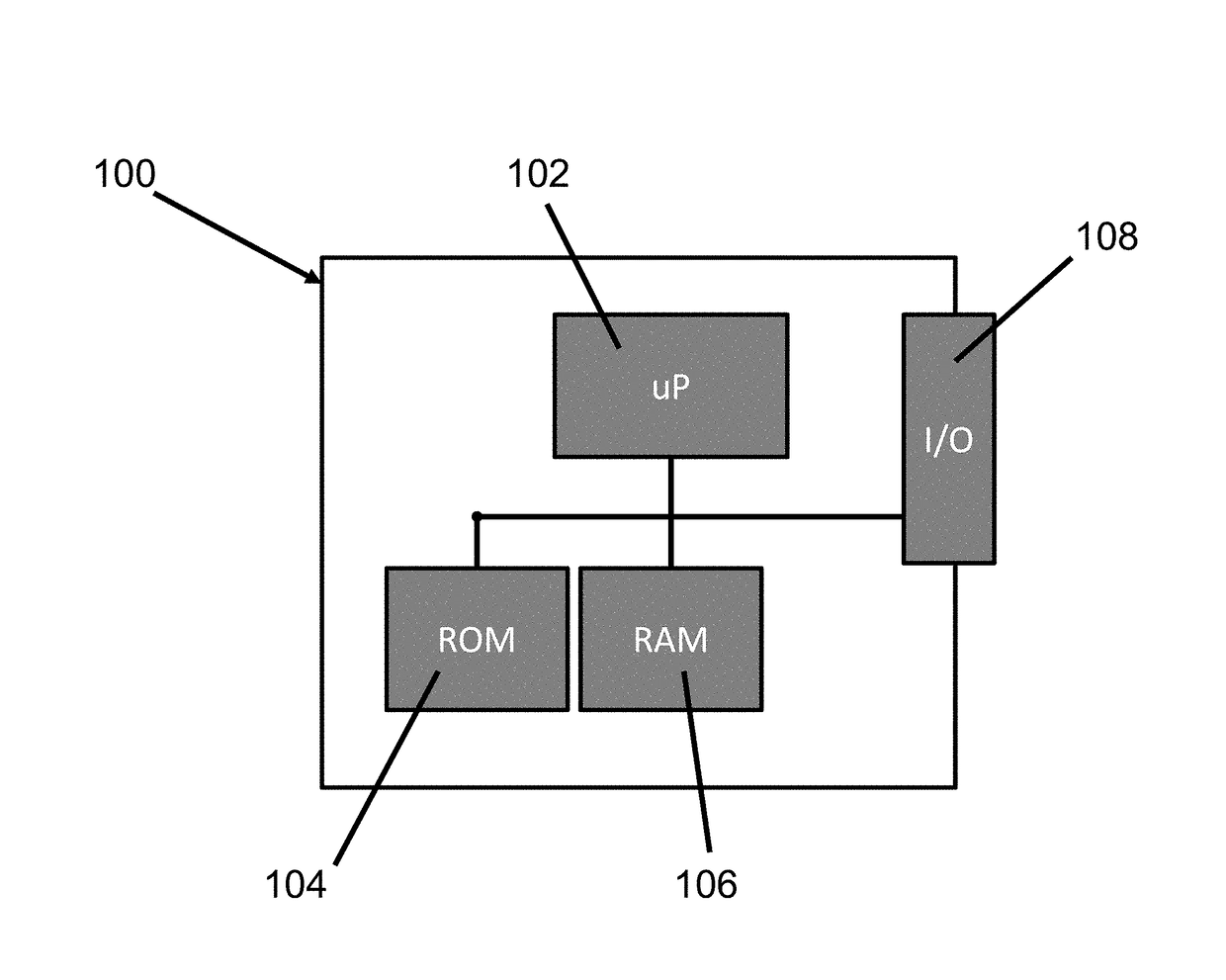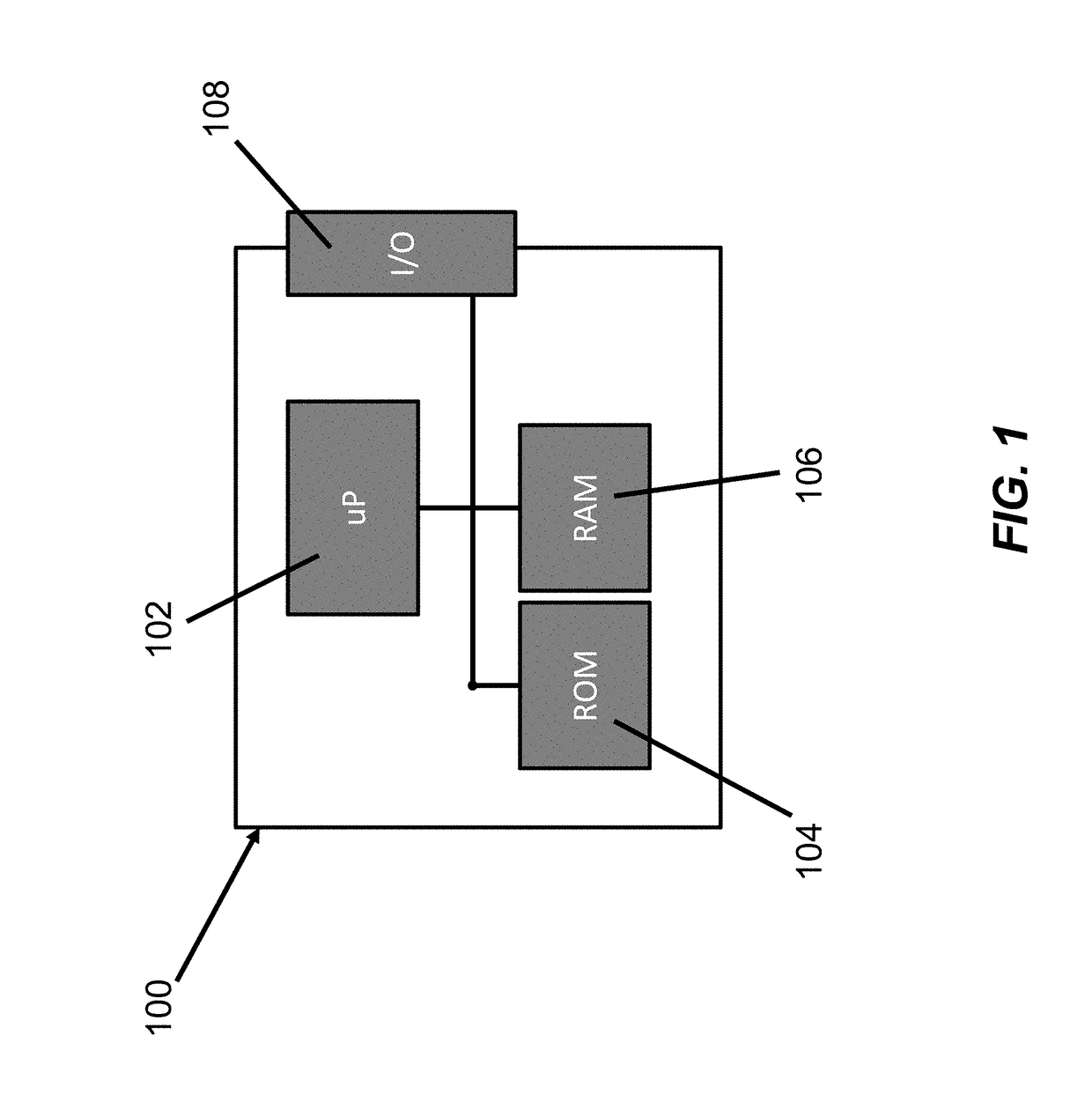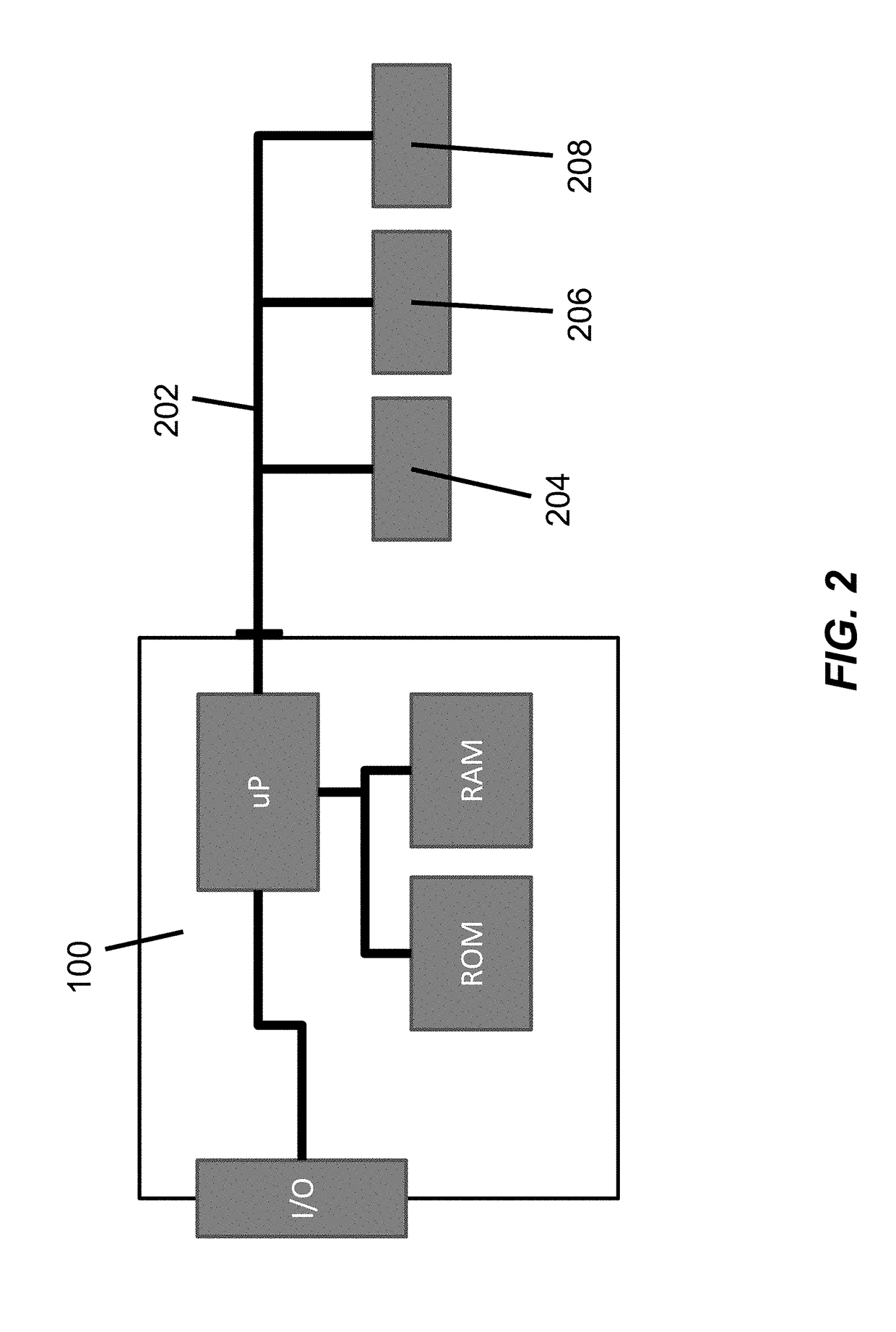Real-time performance tuning
a real-time performance and tuning technology, applied in the field of real-time performance tuning, can solve the problems of limited user ability to make real-time adjustments, vehicle owners initially being unable to modify engine characteristics, and more difficult for enthusiasts to modify their vehicles in order to customize their performance characteristics, so as to prevent unintentional vehicle damage
- Summary
- Abstract
- Description
- Claims
- Application Information
AI Technical Summary
Benefits of technology
Problems solved by technology
Method used
Image
Examples
Embodiment Construction
)
[0013]Various embodiments of the present invention will now be described in detail with reference to the accompanying drawings. In the following description, specific details such as detailed configuration and components are merely provided to assist the overall understanding of these embodiments of the present invention. Therefore, it should be apparent to those skilled in the art that various changes and modifications of the embodiments described herein can be made without departing from the scope and spirit of the present invention. In addition, descriptions of well-known functions and constructions are omitted for clarity and conciseness.
[0014]A basic diagram of a Vehicle Electronic Control Unit (ECU) is illustrated in FIG. 1. As is illustrated, a typical ECU 100 comprises a controller 102, and a memory further comprised of a read only memory (ROM) 104 for storing operating instructions and setpoints. Memory may also comprise random access memory (RAM) 106 which the controller ...
PUM
 Login to View More
Login to View More Abstract
Description
Claims
Application Information
 Login to View More
Login to View More - R&D
- Intellectual Property
- Life Sciences
- Materials
- Tech Scout
- Unparalleled Data Quality
- Higher Quality Content
- 60% Fewer Hallucinations
Browse by: Latest US Patents, China's latest patents, Technical Efficacy Thesaurus, Application Domain, Technology Topic, Popular Technical Reports.
© 2025 PatSnap. All rights reserved.Legal|Privacy policy|Modern Slavery Act Transparency Statement|Sitemap|About US| Contact US: help@patsnap.com



